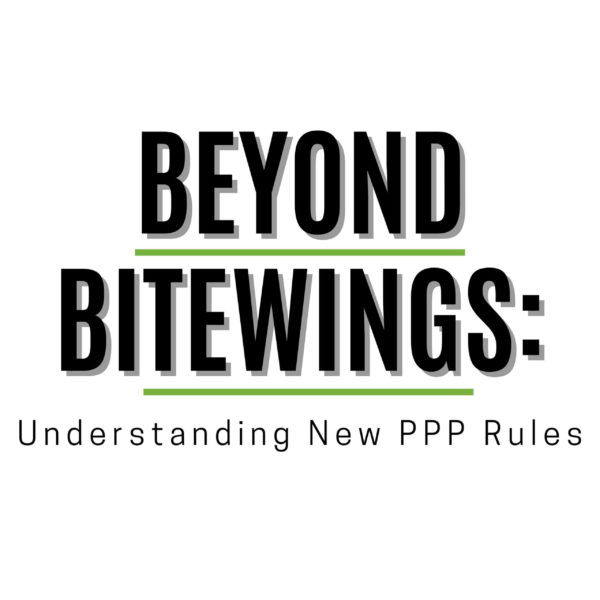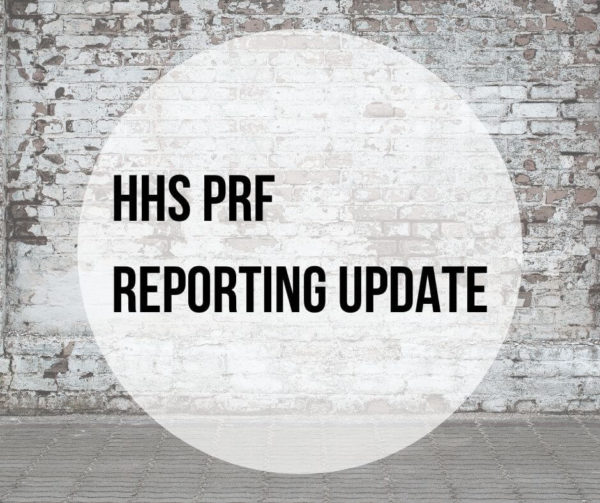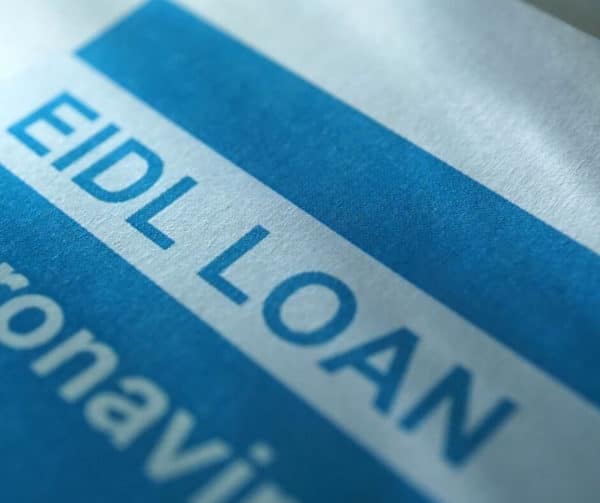05/18/2020 8:46PM
The wait has been long but finally the SBA released something on PPP forgiveness. In fact, what they released was the forgiveness application and related instructions…but no guidance. I’m trying hard not to look a gift horse in the mouth, as they say, but many of the main questions remain unanswered. For now, we’ll take what we can get and run with it!
HIGHLIGHTS…
with editorialized comments
According to the Treasury Department, the form and instructions include several measures to reduce compliance burdens and simplify the process for borrowers.
It is true that the main part of the application is simpler than expected. On the other hand, the calculations for reduction in wages and number of employees is everything you would expect government bureaucracy to devise. Insert eye-roll here.
These are the highlights according to the Treasury Department:
- Options for borrowers to calculate payroll costs using an “alternative payroll covered period” that aligns with borrowers’ regular payroll cycles.
This one is great. If you have a biweekly or weekly payroll schedule, it allows you to flex the 8-week period—for payroll costs only—to align with your regular paydays. For instance, if your pay dates are every other Thursday and your 8 weeks began on 4/20 and your first payroll was 4/30, you can adjust the 8-week period for this purpose to begin on 4/30 and coincide with that first payroll. This buys you a little more time with your 8 weeks and gives you potential to squeeze in an extra payroll. Note, this does not move the 8-week period for things like rent and utilities.
- Flexibility to include eligible payroll and non-payroll expenses paid or incurred during the eight-week period after receiving their PPP loan.
It is hard to discern where the “news” is in this one. It’s with the word “or.” Again, this is a good one! Under the letter of the law, the expenses had to be “incurred and paid.” That basically meant you had to actually write the check and it had to be for the current period—not some past due utility bill from December or future prepayment of 6 months of rent. But now it’s an “or.” So, if your 8-weeks ends on 6/20 and your normal payroll is not until 6/30, you can still wait until 6/30 to pay your staff but include the payroll amounts through 6/20 in your forgiveness calculation. Same for a utility bill. If the period of service is for 5/20-6/20, for instance, then it is includable even if not paid.
- Step-by-step instructions on how to perform the calculations required by the CARES Act to confirm eligibility for loan forgiveness.
Well, yeah they’re there. And they’re step-by-step. To be fair they made no reference to them being logical or easy, so I can’t criticize.
- Borrower-friendly implementation of statutory exemptions from loan forgiveness reduction based on rehiring by June 30.
Fortunately, the rule is more borrower-friendly than the wording of this highlight. But it’s not new. It’s simply referring to the provision that if you get your staff numbers and wages at 6/30/20 back to your levels at 2/15/20, then you avoid any reduction in forgiveness. Without this safe harbor, if your payroll decreased during the COVID quarantine period, your forgiveness amount would be limited.
- Addition of a new exemption from the loan forgiveness reduction for borrowers who have made a good-faith, written offer to rehire workers that was declined.
This is true and more good news. But since they released this info last week it’s a bit anticlimactic.
So yes, there’s a lot of information still lacking in this post because there’s still of lot unknowns due to SBA silence. Nonetheless, we are gleaning more information from the application and we’ll be releasing it in chunks over the next few days. Specific details to follow will include strategies to maximize forgiveness and documentation that will be required. Keep checking back.



